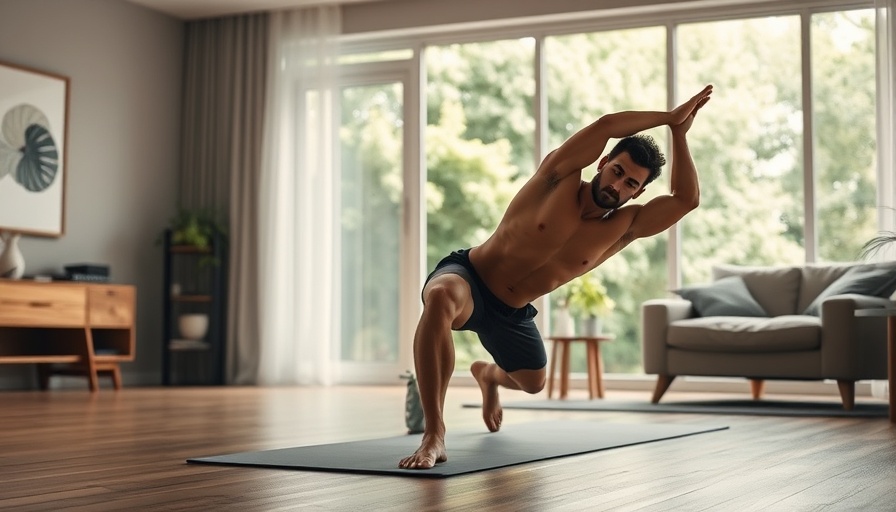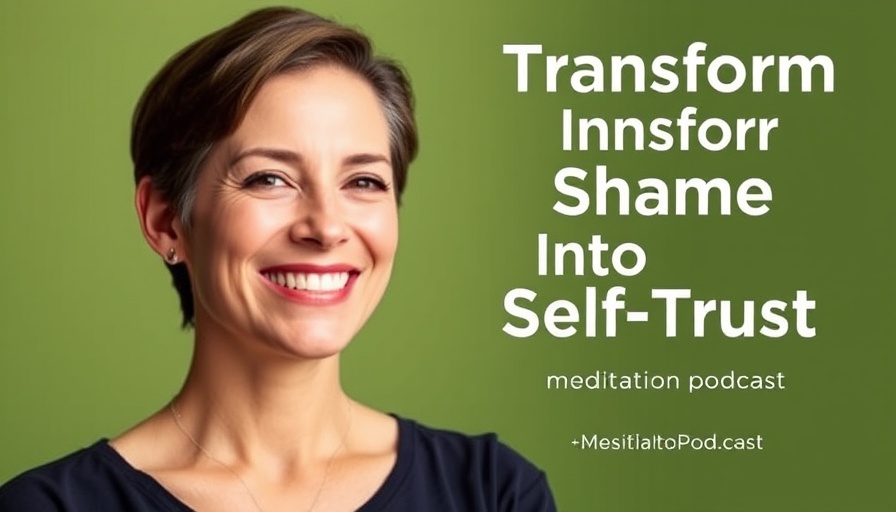
Understanding the Risks of Mindfulness Attitudes
Mindfulness has become a popular way to improve mental health and well-being, often highlighted as a pathway to greater emotional awareness and calm living. Central to this practice are the Nine Attitudes of Mindfulness, articulated by Jon Kabat-Zinn. These attitudes—like non-judging, patience, and beginner’s mind—serve as guiding principles on the journey toward mindful living. However, Mo Edjlali, founder of Mindful Leader, recently pointed out that these attitudes can be misunderstood or misapplied, leading to unintended consequences.
The Dangers of Misapplication
While the Nine Attitudes promote beneficial practices, they are not strict rules but rather flexible reminders. This is often where the confusion begins, particularly as mindfulness has spread across various platforms such as workplaces and mobile apps. What was designed to encourage mindful behavior may inadvertently become rigid dogmas that can hinder true mindfulness practice. Understanding how the misinterpretation of these attitudes can lead to confusion, passivity, and even harm is critical for practitioners and teachers alike.
Examining Each Attitude's Intentions and Pitfalls
Let's delve deeper into the potential pitfalls of some attitudes:
- Non-judging: Initially intended to encourage observing thoughts without labeling them, it can lead to dismissing necessary self-protection. For example, some might excuse harmful behaviors in relationships by insisting on non-judgment, ultimately compromising their well-being.
- Patience: While it teaches acceptance of timing, individuals might mistake patience for complacency, staying in toxic environments far too long, believing that endurance alone will suffice.
- Beginner’s Mind: This quality fosters curiosity, but when misapplied, it can lead to ignoring valuable past experiences or knowledge—potentially complicating rather than simplifying situations.
Edjlali emphasizes the importance of recognizing each attitude's limits and finding a balance between them. 'Living mindfully is about holding space for the complexities of each attitude and understanding when to lean into or pull back from them,' he suggests.
Crafting a Balanced Approach to Mindfulness
The goal of mindfulness practice is to live fully in the present while maintaining awareness and health. Acknowledging the nuances and contextual needs for flexibility in applying the Nine Attitudes can enhance practice. For instance, trusting oneself is an important principle; however, when that trust perpetuates harmful patterns, it might lead to an emotional rut.
Practitioners should aim to embrace a dialectical approach—this means recognizing that each mindset can have benefits and limitations. This approach also aligns beautifully with the principles of mindful yoga, which focuses on integrating awareness into physical movements, allowing for the mental space to reflect on the above attitudes without judgment.
Broader Context and Benefits of Mindfulness
In the current landscape, as society increasingly embraces wellness trends, understanding the balance between applying mindfulness constructively and recognizing the boundaries of its teachings is essential. Mindful body yoga, for instance, is more than a trend; it symbolizes the fusion of physical practice with internal awareness.
By understanding these risks and benefits, practitioners can develop a more profound engagement with mindfulness principles, ensuring they foster resilience rather than rigidity. Incorporating insights on how to mindful through yoga practice can be particularly powerful, nurturing a sense of community and ongoing growth.
Taking Action: Move Forward Mindfully
As we engage with mindfulness in our lives, it's crucial to extend beyond the teachings to foster a deeper understanding of their implications. Encouraging balanced applications of these attitudes can create powerful transformational experiences, allowing each individual to craft their unique paths toward awareness. This exploration of mindfulness can inspire new routines and foster holistic well-being—so gather your thoughts, roll out your mat, and embrace the journey of mindful yoga.
 Add Row
Add Row  Add
Add 




Write A Comment